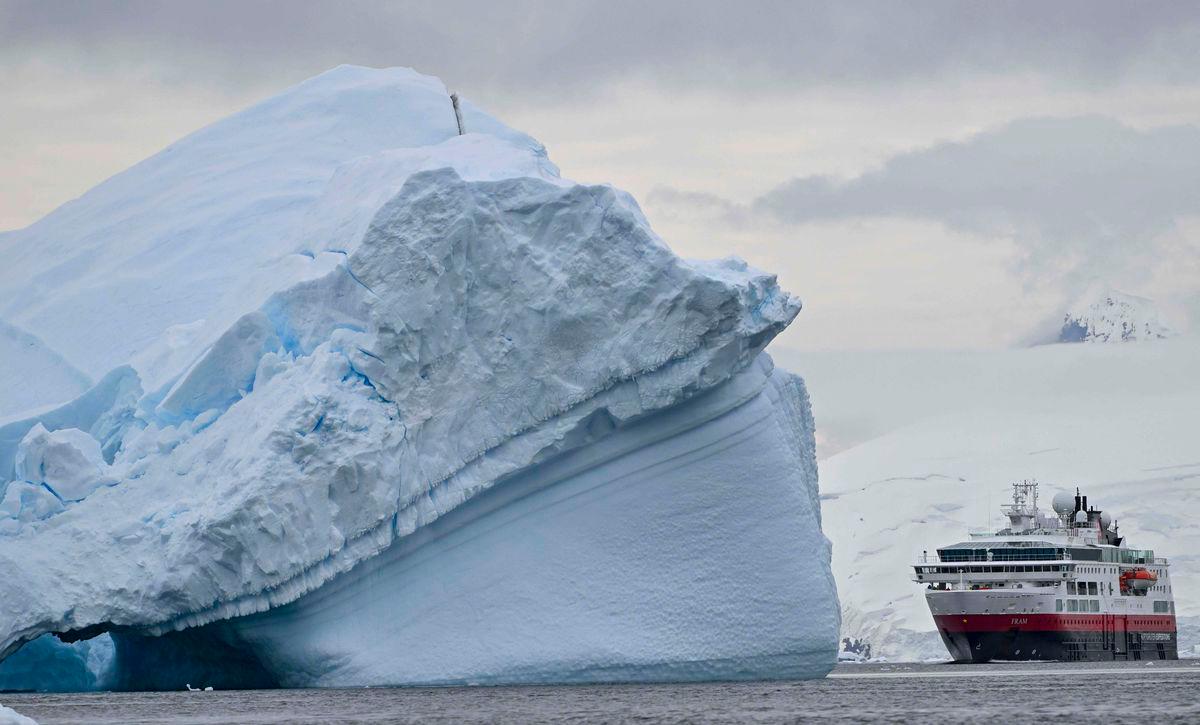PARIS: Ocean tides could help predict when enormous icebergs break away from Antarctic ice shelves, according to new research.
The findings, published in Nature Communications, suggest that tidal forces, along with wind stress, play a key role in triggering these dramatic events.
Glaciologist Oliver Marsh from the British Antarctic Survey had anticipated the 2023 calving of iceberg A81, which was the size of Greater London.
His team’s modelling confirmed that the break occurred during peak spring tide, when tidal differences are greatest.
The study highlights how calving is a natural process that balances Antarctica’s snowfall.
However, rising ocean temperatures due to climate change are accelerating ice sheet melt, disrupting this equilibrium.
“We don’t know whether calving rates have gone up,“ Marsh said, noting the challenge in tracking these rare events.
A81 is now drifting towards the Weddell Sea, while the world’s largest iceberg, A23a, is slowly disintegrating in the Southern Ocean.
Scientists remain uncertain whether A81 will threaten South Georgia, a critical habitat for penguins and seals.
Marsh warns that another major calving event is expected from the Brunt Ice Shelf, though predicting exact timing remains difficult.
“Whilst we’re a step closer to forecasting these events, it’s still challenging,“ he said. – AFP









